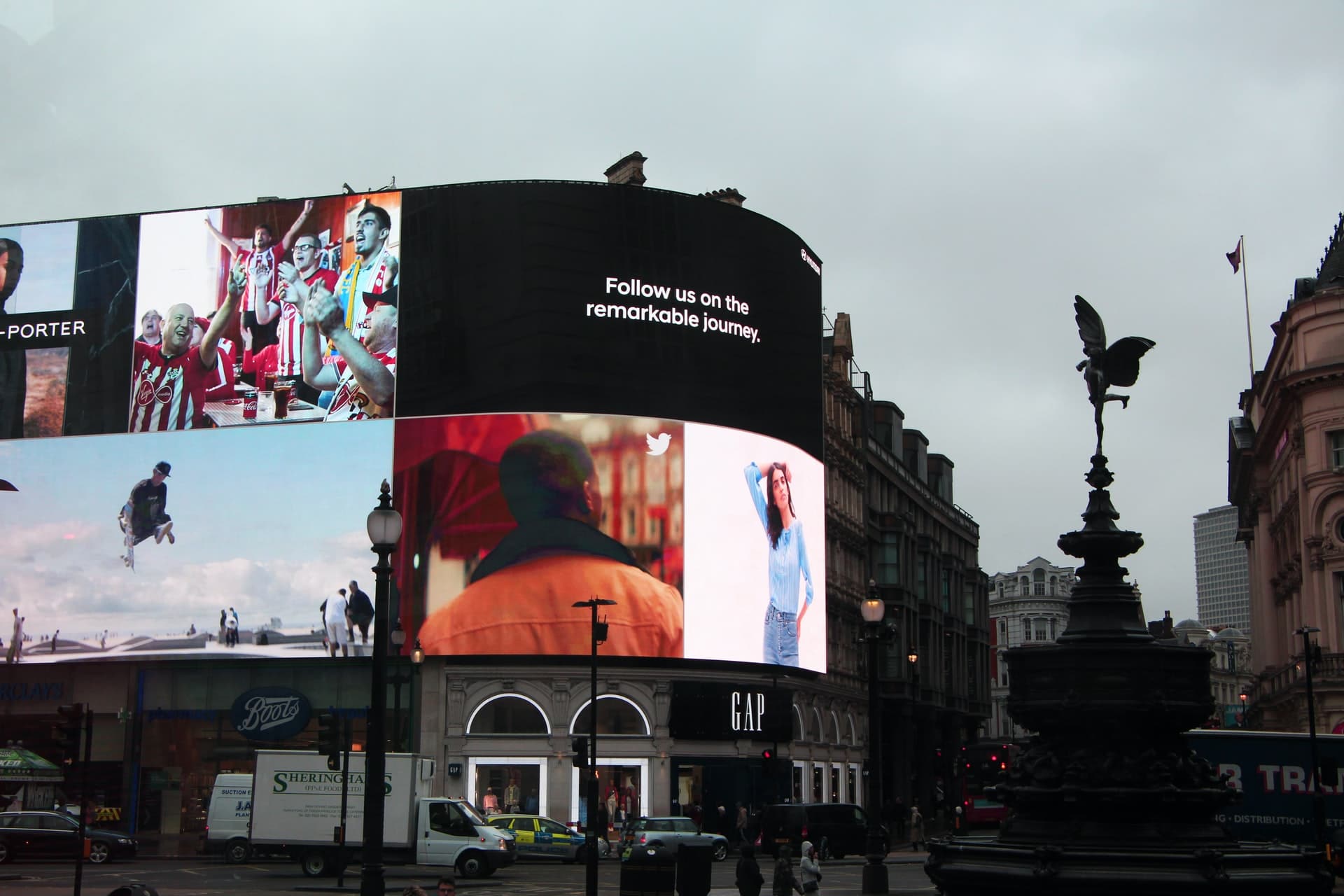By Sean Begg Flint
Disruptive advertising campaigns demand attention, which is why they work so brilliantly for nonprofits. Campaigns that are designed to be disruptive will typically challenge the status quo, asking audiences to think differently. While they may not be backed up by huge advertising budgets, they can command an incredible reach once audiences start talking about them and sharing campaign content.
Controversial disruptive marketing campaigns have been used to great effect by leading nonprofits, but they can be enormously successful for brands too. Whether a brand has a limited budget and needs to send a message, or is looking to raise awareness of a new product and significantly expand its reach, disruptive campaigns may hold the answer.
Ambitious brands are now looking to nonprofits for tips on how to create hard-hitting disruptive advertising campaigns. Take a look at some of the key lessons that recent nonprofit campaigns have taught us to find out more about how brands can make use of the power of disruptive advertising.
What is disruptive advertising?
Disruptive advertising is a unique style of communication, which can sometimes make audiences feel slightly uncomfortable. This is of course the desired effect; it’s that feeling that inspires audiences to start finding out more about the content they’ve seen.
The use of disruptive advertising allows nonprofits to get a whole range of different messages across by challenging preconceptions and presenting issues in a new way. Whether a charity wants audiences to start paying attention to a huge global problem like climate change, or is focussed on a much more specific issue in a certain location, disruptive advertising can have a dramatic effect.
The unusual take that disruptive advertising campaigns present typically equates to a much larger reach, as audiences will immediately start talking about the content they’ve seen and how it made them feel. If the campaign works well, audiences won’t be able to resist sharing it with their friends and followers. This enables the nonprofit to cut through the noise, by making an audience care about the issue in question.
What can nonprofits teach us about disruptive advertising?
Disruptive advertising campaigns have been used to great effect by a whole host of different nonprofits over the years, so there’s plenty that we can learn from their success. From the power of storytelling to the importance of creating an emotional connection, the most successful disruptive campaigns have a lot to teach us.
Storytelling is powerful
Nonprofits often use storytelling to create campaigns that make audiences stop and think. By putting real people in the spotlight, they can clearly demonstrate why audiences should support them, and what that support means for those that they help.
We don’t have to look far to find examples of nonprofits doing this extremely well. Cancer Research UK is famed for its storytelling advertising campaigns, which feature on TV, email and social channels. The brand encourages audiences to get behind it by sharing patients’ stories and uses stories like Alice’s to create hard-hitting content that audiences can’t fail to stop and listen to.
Emotional connections matter
Nonprofits have long been focused on creating an emotional connection with their supporters. After all, it’s usually this connection that inspires people to raise funds and support a cause. But this idea is important for brands too, because not only is it great in terms of nurturing brand loyalty, it’s also incredibly powerful when it comes to encouraging organic sharing and word of mouth recommendations.
Macmillan captivated audiences when it launched a new campaign that made people think about what life with cancer is really like. The campaign ran with the tagline “life with cancer is still life” and showed a handful of cancer patients going about their day to day lives. In doing so, it helped audiences to better understand the support that these patients might benefit from, and the work that Macmillan does to facilitate this.
There’s still room for humour
Nonprofits tend to focus on challenging and potentially upsetting situations, and this can sometimes make it difficult for audiences to feel comfortable talking about their work. But in some cases, humour can be used to make it easier for audiences to engage with the issues in question. When used respectfully and delicately, a touch of humour can surprise audiences and win their affection.
The “see the person, not the sight loss” campaign, by the Royal National Institute of Blind People, used humour to make its audience think twice about sight loss. In the campaign, we see a man struggling with an escalator. Immediately the assumption is that his sight loss is causing the problem, but the real reason for his reluctance to step onto the escalator later becomes clear.
The best campaigns start conversations
Starting a conversation is a key aim of many disruptive advertising campaigns. Charity Child Bereavement UK made this the goal of its #OneMoreMinute campaign, which asked one simple question: if you had one more minute, what would you say?
The campaign featured bereaved families, patrons and celebrity friends of the charity, including HRH The Duke of Cambridge, Ben Fogle, Mary Berry and Rio Ferdinand.
Participants were filmed giving answers to this question, encouraging those watching to start thinking about and sharing their answers too. The result was a hugely powerful one. The campaign immediately started conversations and got people thinking about the devastation of bereavement.
Conclusion
Disruptive advertising campaigns combine creativity and originality to influence audiences. There are many ways to do this, but the best results are always achieved when a nonprofit or brand designs a disruptive campaign with its own specific target audience in mind. Look into how nonprofits have used disruptive campaigns in the past for more examples of how this style of advertising can be used to make an impact, and start thinking about what the success of these campaigns can teach us all.
Sean Begg Flint is the founder of Position Digital, a digital marketing agency for ambitious startups and growing brands. He is passionate about helping businesses establish and increase their online presence through purpose-driven content marketing and using outreach for good.
Do you have an article, infographic, podcast, presentation slides, press release or a key individual from your organisation that you'd like to highlight on Marketing In Asia? Head on over to Upload Your Content for more info.



















